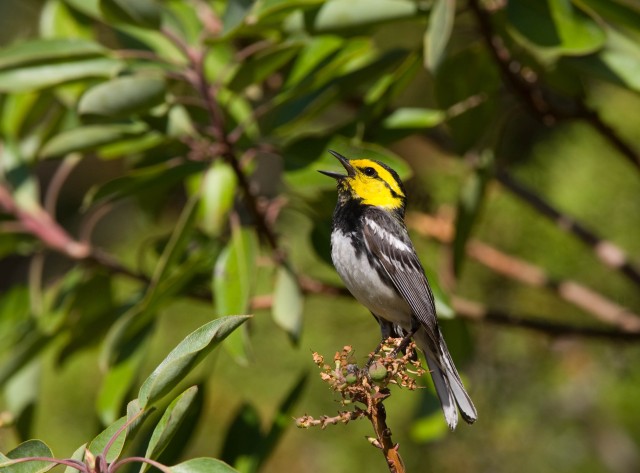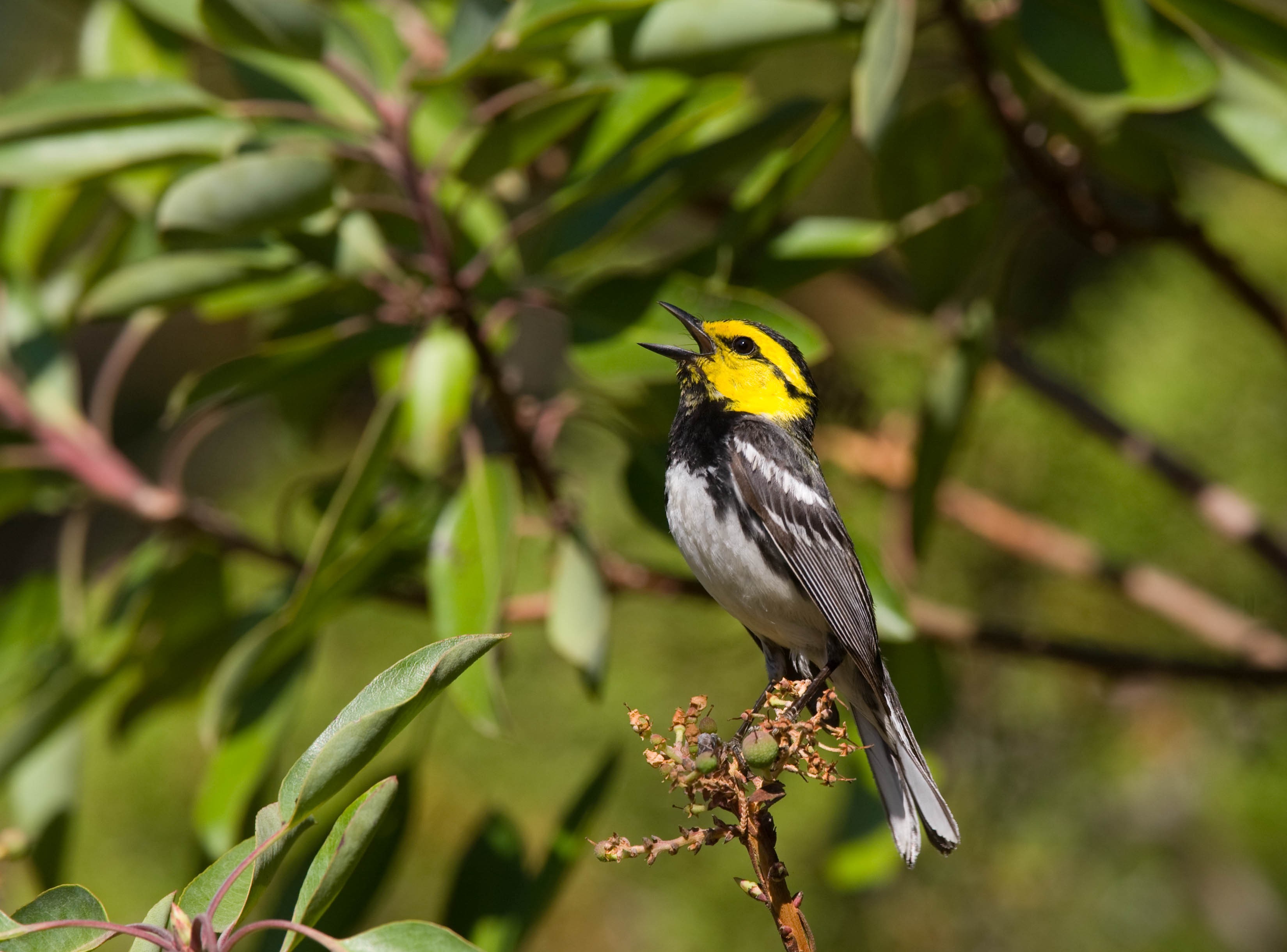FORT SAM HOUSTON, Texas -- Cooperative efforts between the Army, federal and state agencies, the City of San Antonio and conservation organizations have led to innovative solutions for Camp Bullis' encroachment.
Camp Bullis, a 28,000-acre Army installation located on the northern side of San Antonio, is the only field training location for Fort Sam Houston.
An urbanized 3,000-acre post in the heart of San Antonio, Bullis is currently home to Army and will soon host all Department of Defense medic field training.
Camp Bullis' training capability is a critical asset to the realignment associated with the 2005 Base Realignment and Closure Act, which will move over 12,000 new personnel to FSH by 2011.
However, Camp Bullis faces severe encroachment issues which could jeopardize its viability.
Until the 1990s, Bullis had few developments nearby. But, San Antonio is now the seventh largest and third fastest growing city in the U.S. As a result of the city's growth, Camp Bullis is virtually surrounded on all but its northern boundary.
Endangered species has been the most controversial encroachment issue to date. Light pollution has been largely addressed with surrounding jurisdictions issuing ordinances and orders regulating night lighting in 2008 and 2009.
Surveys of golden-cheeked warblers, a federally listed endangered species, have shown a 45 percent increase on Camp Bullis the past five years.
Populations of singing adult males have increased 200 percent since 1991 when Camp Bullis conducted its first annual survey.
A June 2009 Joint Land Use Study cited biologists from U.S. Fish and Wildlife Service, Texas Parks and Wildlife Department and Camp Bullis that these increases were caused by the large-scale clear-cutting of oak and juniper trees bordering the Camp.
Increased populations on Camp Bullis expand occupied habitat areas and trigger further restrictions on military training.
The most significant restriction is the ability to thin vegetation in habitat areas. After nearly 20 years under warbler restrictions, much of Camp Bullis contains extremely dense canopy, making it very difficult to use for field training.
There are also seasonal restrictions for occupied habitat including 100-meter buffers during the March-August timeframe when the warbler is in Texas for its migratory nesting season.
These restrictions prohibit light, pyrotechnics and gunfire noise, and vehicles. About 10,000 acres of the 28,000 acres of the Camp are potential habitat, with 3,500 acres currently occupied.
The percentage of occupied habitat on Camp Bullis has increased rapidly by 13 percent, 7 percent and 8 percent in the last three years respectively.
Due to their higher compliance requirements with the Endangered Species Act, federal lands often become the "lone island of refuge" for endangered species.
Federal agencies must protect unoccupied (potential) habitat, whereas most federal courts have held that nonfederal parties must only protect occupied habitat.
Also, federal agencies have an affirmative duty to consult with USFWS, which includes sending species surveys to USFWS every year.
While both federal and nonfederal entities are prohibited from "taking" (harming or harassing) endangered species, it is difficult for USFWS to enforce against nonfederal parties because they lack the surveys.
State trespassing laws and limited manpower make it hard for USFWS to enter private lands to gather such data. Moreover, unlike USEPA and state environmental departments like the Texas Commission on Environmental Quality, USFWS does not have civil administrative enforcement authority.
USFWS must go to the U.S. Attorney for criminal enforcement and the standard of proof is "beyond a reasonable doubt" instead of the civil standard of "more likely than not."
Such prosecutions are difficult and rare. In August 2009, the City of San Antonio introduced an endangered species ordinance that changed the compliance dynamic.
The city ordinance requires developers filing planning documents to have a USFWS permitted biologist conduct surveys in accordance with standard protocols and submit endangered species surveys to USFWS or to at least certify that no species are impacted and reveal the biologist's name and USFWS survey permit number who reached that conclusion.
This is a cutting edge approach, which has only been tried in Pima County, Ariz.
Another potential remedy is a mitigation credit system to exchange habitat on Camp Bullis in return for conserving habitat off of the installation.
In September 2009, USFWS issued a biological opinion authorizing a five-year program in which up to 5,000 acres on Camp Bullis can be thinned in return for permanently conserving corresponding acreage off the installation.
The City of San Antonio jumpstarted this effort by transferring 3,000 acres near Government Canyon State Natural Area to TPWD with a permanent conservation easement requiring that the land to be managed as golden-cheeked warbler habitat.
The city acquired this land several years ago for $15 million under a watershed protection program. However, the new conservation easement added an extra layer of protection by adding new restrictions that prevent the trees from being cut.
The city can now avoid long-term management costs by its transfer to TPWD.
The public gains because TPWD will open much of this land to public access as a natural area. The Army is paying $300,000 for TPWD to manage the land and for transaction costs and the city authorized Camp Bullis to use mitigation credits this transfer generated.
The Army received 1,100 mitigation credit acres and will use them to thin 762 acres of juniper on Camp Bullis. The reason the result is less than 1:1 is that some of the mitigation land on the Camp cost more than one credit because it had been occupied.
At least 85 percent of land to be mitigated on the Camp will be unoccupied habitat. Thinning has already dramatically resolved several training dilemmas. Camp Bullis had been unable to have staging areas near the Combat Assault Landing Strip on the northeast corner of the post and at the Combined Arms Collective Training Facility (urban assault training site) because the adjacent areas were potential warbler habitat.
This mitigation method is much more cost effective than expanding Camp Bullis. There is no affordable land available to the south, east and west of the Camp. Land to the north crosses Cibolo Creek, which is impassable during rains.
Moreover, land north of Cibolo Creek would cost in the neighborhood of $10,000-40,000 per acre. The mitigation effort will pay only $400 per acre in ACUB funding for the 762 acres currently being thinned on Camp Bullis.
Under current estimates, the Army could acquire additional conservation easements on its own for about $3,000-4,000 per acre. The thinning effort costs approximately $1,000 per acre.
Hence, it costs much less per acre for mitigation versus fee simple acquisition of additional training lands and is much faster than the military land acquisition process. Also, the land is more usable because it is closer to existing training areas.
This concept allows Camp Bullis to seek mitigation exchange land anywhere in Bexar and Comal and parts of six surrounding counties. Thus expensive land along Camp Bullis' borders can be bypassed for much more cost-effective conservation easement acquisitions in outlying rural areas.
Camp Bullis has entered into Cooperative Agreements with Texas Parks and Wildlife and The Nature Conservancy to pursue more mitigation land using Army Compatible Use Buffer funding.
Through proactive cooperation by cities and counties surrounding Camp Bullis and with USFWS, TPWD and TNC assisting on mitigation efforts, much progress is being made to address Camp Bullis' encroachment problems.
And the bigger lesson is that seemingly monumental encroachment problems can be addressed through cooperative efforts and innovative solutions.


Social Sharing